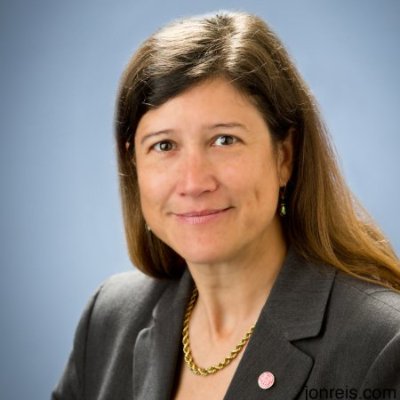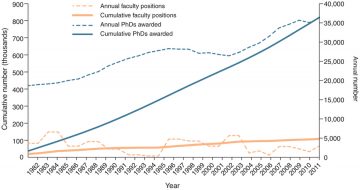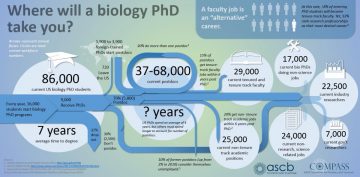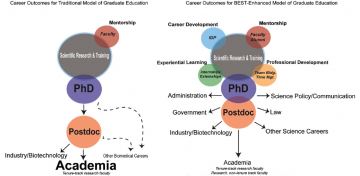Preparing PhDs for a Range of Career Paths

Susi Varvayanis
By Susi Varvayanis, Senior Director of Cornell’s BEST Program
Traditionally an academic career appears like a ladder, with each rung representing a stage in academic development.
The first rung often happens in youth, when a teacher, parent, or natural curiosity inspires you. This first rung may ignite further thirst for knowledge and excellence in high school, where you might be encouraged to pursue an undergraduate degree. After a successful undergraduate research experience, you might decide to reach for the next rung: graduate school. You make it through graduate school. Congratulations! Now, you find yourself in a postdoc position with the aim of becoming an academic tenure-track professor, the final rung.
Although this career ladder has long been considered the norm, recent research indicates the contrary. For several decades now, the training of new doctorates has far outstripped the number of new faculty positions available. (See Figure 1.) Many doctorates end up in careers other than faculty positions, using transferrable skills in a variety of positions.

According to several studies in the life sciences conducted by the American Society for Cell Biology and the National Institutes of Health (NIH), many doctoral students see the academic career as the alternative choice, with only a minority of biology doctorates conducting academic research. (See Figure 2.)

So how should graduate training reflect these realities? Cornell is one of 17 institutions nationwide with an NIH BEST award to Broaden Experiences in Scientific Training to prepare Ph.D. students for careers outside academia. This consortium is rethinking the career ladder model (see Figure 3). Instead of students learning solely within their faculty advisor’s research group, BEST encourages students to work with mentors in a variety of areas and contexts. Not only will students receive the highest standard of technical and research training, but they will benefit from career and professional development, along with experiential opportunities that will make them more attractive to future employers.

At Cornell we have found that one BEST opportunity actually leads to another; BEST networking helps students find the right fit and yields a highly diversified and talented workforce for the future, with careers that will eventually branch out to many sectors of society like a quill.
Non-academic career opportunities abound for today’s graduate students. In 2011, the Graduate School developed a baseline survey to understand better career outcomes for doctoral students. Outside academia, our graduates often work in science policy, communications, administration, law, non-profit, government, industry, and entrepreneurial start ups. Survey data help faculty understand likely career outcomes and help their students be aware of potential options as well as informing BEST and Graduate School programming choices.
As BEST practices gain credibility and BEST trainees get experience in non-academic careers, we hope that BEST students will be happier and more productive in their future careers.
Although BEST programs are designed for current doctoral students and postdoctoral scholars, some of the advice can be helpful for professionals in any stage of their careers. Our BEST advice: The more you engage, the more you benefit.
- Seek out our mentoring and engagement opportunities, such as through CU Volunteer. Mentoring is a two-way relationship with many BEST mentors reporting high levels of satisfaction with their mentor/mentee relationship. Most report feeling like they have learned much from their mentees.
- Connect with professional associations in your field and volunteer. By serving on a committee for public outreach, training and professional development, or recruitment, you may be able to shape the committee to your needs and the needs you had when you were a student.
- Become more active in your local alumni association. Students are hungry to learn about real life experiences. Share your experiences, both positive and negative, to help others evaluate their career choices.
- Include graduate students and postdocs in your professional network. This will help build your network and ensure that you are up to date on the latest ideas.
- Reach out to diverse audiences to broaden your scope and perspectives. As the workforce becomes more diverse, be sure that you are including a diversity of people and viewpoints.
